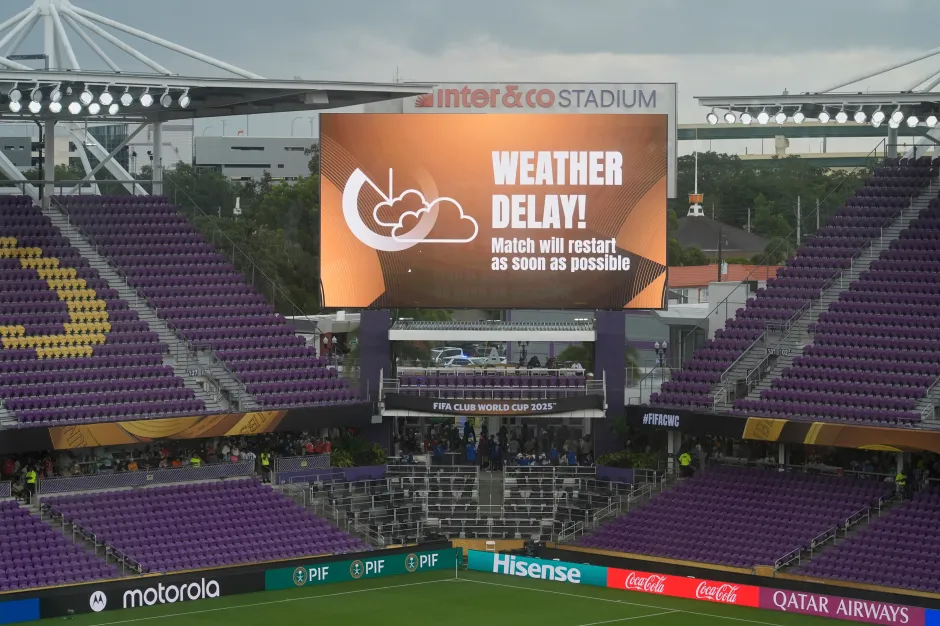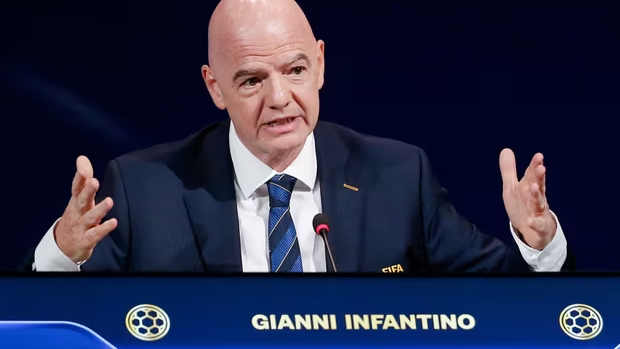Unpredictable Conditions Shake World Cup Matches Schedule
World Cup Matches
The Club World Cup has faced astonishing disruptions as extreme weather has forced delays and interruptions. Although stadiums were prepared for typical summer heat, the combination of scorching midday sun and severe storms, complete with lightning, has severely interrupted play. Consequently, tournament organizers, teams, and fans are navigating a new normal in how matches unfold.
For instance, multiple games have been halted mid-play. Sudden thunderstorms triggered suspensions that lasted anywhere from half an hour to over an hour in certain stadiums. At the same time, burial heat prompted frequent cooling breaks to protect the well‑being of players and spectators.

Extreme Heat at World Cup Matches Puts Players and Fans at Risk
The tournament kicked off amid a brutal heatwave that saw humidity and temperature spikes reach unsafe levels. Players reported feelings of exhaustion, cramps, and dehydration during matches. Although cooling pauses were inserted around critical minutes, these breaks offered only temporary relief amid oppressive conditions .
Fans, too, dealt with relentless sun. In response, event organizers provided shade zones, hydration stations, and recommendations for sunscreen and hats. However, many attendees still experienced discomfort in unprotected seating, prompting concern over spectator safety.
Storms at World Cup Matches Force Sudden Match Suspensions
Following the intense heat, severe thunderstorms swept through several host cities. Lightning within ten miles led referees to immediately stop games, advising fans to seek shelter and players to return to dugouts.
One match was delayed for nearly two hours, as lightning cascaded overhead, and games held in open‑roof stadiums lacked adequate cover. This chaos prompted a scramble to secure everyone’s safety and re-evaluate scheduling amid unpredictable weather patterns.
Organizers Implement Safety and Tactical Responses for The World Cup Matches
FIFA and tournament staff enacted strict weather protocols, including screen warnings and PA announcements, urging fans indoors when storms approached. Cooling breaks also became more frequent during high heat index scenarios to minimize heat-related injuries.
Medical teams ran detailed hydration and heat-monitoring plans, with precautionary cool‑down stations built into stadium layouts. Nonetheless, the need to alter match timetables raised logistical hurdles and frustrated broadcast schedules.
Impact on Players and Competitive Integrity
Both coaches and players have voiced concern about how extreme conditions affect performance and strategy. Matches played in intense heat followed by abrupt suspensions have disrupted team rhythms and created inconsistent gameflow. Some players described feeling physically drained, with error rates spiking during rushed restarts.
Beyond physical strain, mental fatigue resulting from weather uncertainties has added pressure. Teams have needed to adjust tactically, balancing risk-taking with preservation as conditions change rapidly.
Implications for Future International Tournaments
The Club World Cup has prompted a broader debate about staging summer tournaments amid climate unpredictability. The upcoming World Cup in the United States, Canada, and Mexico now faces questions about the suitability of midday games and open venues without shade.
Critics argue that FIFA must consider time shifts, artificial cooling, and stricter heat thresholds. Otherwise, similar or worse conditions may arise, threatening player safety and fan comfort.
Adapting to Weather Volatility
To address these challenges, major football organizations are reviewing match schedules, stadium designs, and climate protocols. Proposed solutions include:
- Earlier kickoff times and postponements during peak heat
- Retractable roofing or shaded seating
- Expanded medical infrastructure and hydration zones
- Tighter lightning detection systems and automated safety alerts
Although these measures involve significant investment, they may prove essential as climate events intensify.
Conclusion: Weather as a New Adversary
Today’s extreme weather events have turned into a formidable opponent on the football pitch. While the Club World Cup has endured disrupted matches and organizational strain, it also offers lessons for future tournaments.
If FIFA and other sports bodies act on these insights, summer competitions can become safer and more predictable. Failure to adapt, however, may turn weather into the biggest threat to the beautiful game.



